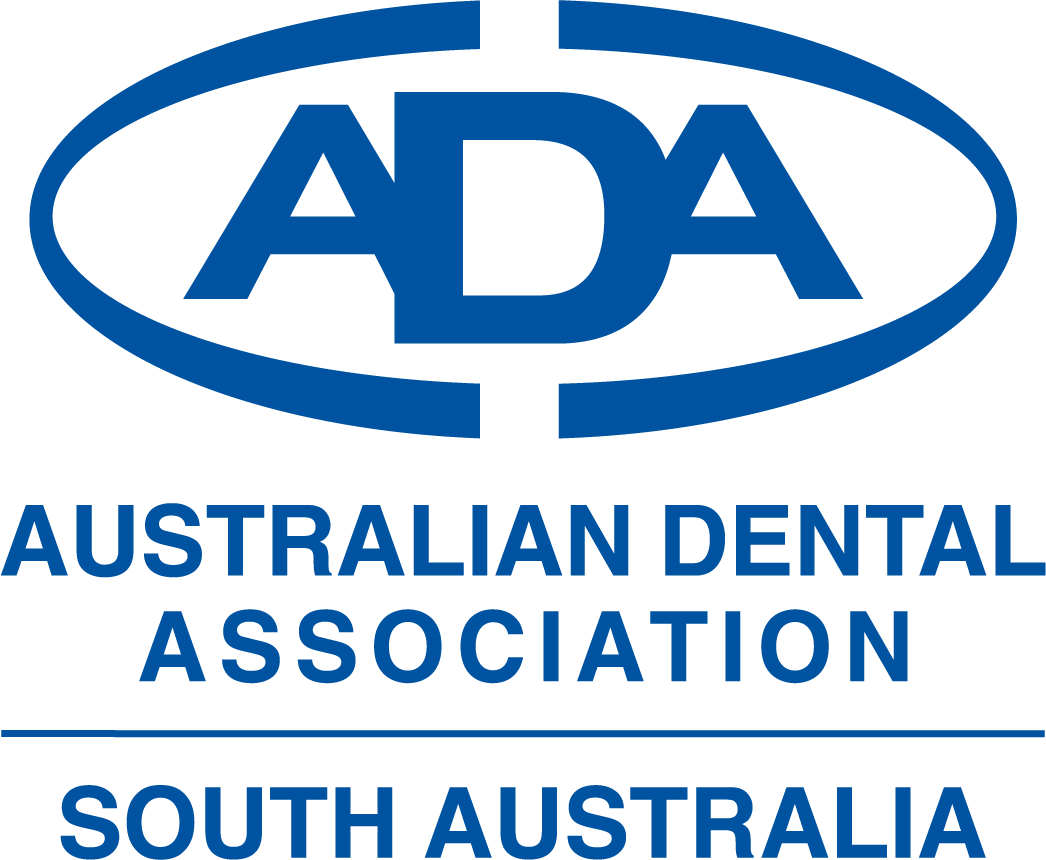Anxious Patients
Anxious patients dread visiting the practice—and you may dread seeing them, too!
In a survey of 18,000 people worldwide, 61% of participants reported suffering dental fear and anxiety.1 This commonly manifests as dental avoidance, leading to extreme oral health complications and a lower quality of life.
Anxious patients can present as irritable and/or uncooperative and tend to have a greater pain response and problematic behaviour. This can be problematic for both the patient, dental staff, and clinicians.
Rather than shy away, my professional practice has lent into this phenomenon, and I operate a referral-based clinic in Adelaide seeing patients with dental phobia and use the strategies below every day to alleviate anxiety and ensure patients are satisfied, properly cared for, and positively motivated long-term to continue attendance.2
Caring, communication, empathy and understanding go a long way. Listen to patients voice their fears and concerns makes them feel welcome and relaxed. Professional relationships benefit from open, honest communication, that normalize anxious feelings, avoid negative phrasing, encourage questions, and keep patients informed.2
The tell-show-do technique is key.
“Tell” - a verbal explanations of the overall procedure and associated steps.
“Show” - demonstration of the visual, auditory, olfactory, and tactile aspects of the procedure.
“Do” – a completion of the dental procedure—without deviating from the roadmap laid out in “Tell” and “Show.”3
Verbally checking on the patient before, during, and after the dental procedure establishes a sensitive and empathetic approach.
Control and distraction give patients with dental anxiety control over their entire appointment. Let patients decide when work begins. Develop simple but clear hand signals to enable patients control the appointment and adhere by these.
Distraction from calming, engaging music through patient’s own headphones and playlists, equipping dental operatories with televisions and being inquisitive about patient’s lives all help.
Scheduling and office ambiance reduce dental anxiety. Anxious patients take in everything they see, hear, and smell, from the waiting room to the dental chair. Schedule anxious patients in the morning, and don’t leave patients to fret in the waiting room, as afternoon appointments and waiting leave them time to ruminate. A calm, inviting environment helps mitigate the sound of the dental drill, and smell of eugenol or cleaning products. Avoid harsh, sterile lighting in favour of natural light; play soft, engaging music; adorn walls with non-clinical relaxing posters and pictures; close doors to help mask smells and sounds; and offer patients appropriate food and/or beverages.
Alternative approaches. Smell is tied to memory. Previous negative experiences are some of the strongest predictors of dental anxiety. Masking strong smells with free-standing or automatic air fresheners is recommended for patients with dental anxiety.4 Aromatherapy, where essential oils of aromatic plants are used to produce positive physiological or pharmacological effects as inhalation of pleasant scents has an anxiolytic effect and improves mood.2
Proper breathing techniques such as diaphragmatic breathing help patients physically and mentally relax.2 Muscle relaxation can be done simultaneously by tensing a specific set of muscles during inhale and relaxing them during exhale.
Guided imagery combines mental and physical relaxation into a mind-body exercise. Patients are taught to develop a mental image of a pleasant, tranquil experience that guides their attention to achieve relaxation, reducing anxiety.2 Guided imagery is effective in the treatment of distress, mood, and anxiety symptoms associated with chronic pain, social anxiety disorder, attention deficit/hyperactivity disorder, and cancer pain.5
Conclusion. Easing patient’s anxiety through straightforward communication has proven effective, as has portraying understanding and empathy through words and actions. Putting anxious patients in control of the appointment, such as allowing them to dictate start and stop times, can help relax their mental state. Physical relaxation is part of the equation as well, with breathing techniques, pleasant aromas, and calming music all playing a role.
For those patients that require further alleviation of their anxiety, some clinics offers oral sedation, nitrous oxide inhalation sedation, IV Sedation and General Anaesthetic in an appropriate accredited Hospital setting. In combination with the above measures, these techniques and adjunct relaxation and management settings help patients with dental anxiety move forward—for the sake of their health.
Dr Greg Miller
ADA SA Councillor
References
- http://www.pharmabiz.com/NewsDetails.aspx?aid=111232&sid=2. Published September 17, 2018.
- Appukuttan DP. Strategies to manage patients with dental anxiety and dental phobia: literature review. Clin Cosmet Investig Dent. 2016;8:35–50.
- American Academy of Pediatric Dentistry. Behavior guidance for the pediatric dental patient. https://www.aapd.org/globalassets/media/policies_guidelines/bp_behavguide.pdf.
- McMaster R, Garisto GA. Practical considerations for treating the anxious dental patient. https://www.oralhealthgroup.com/features/practical-considerations-for-treating-the-anxious-dental-patient/. Published February 1, 2012.
- Gonzales EA, Ledesma RJ, McAllister DJ, Perry SM, Dyer CA, Maye JP. Effects of guided imagery on postoperative outcomes in patients undergoing same-day surgical procedures: a randomized, single-blind study. AANA J. 2010;78(3):181–188.
